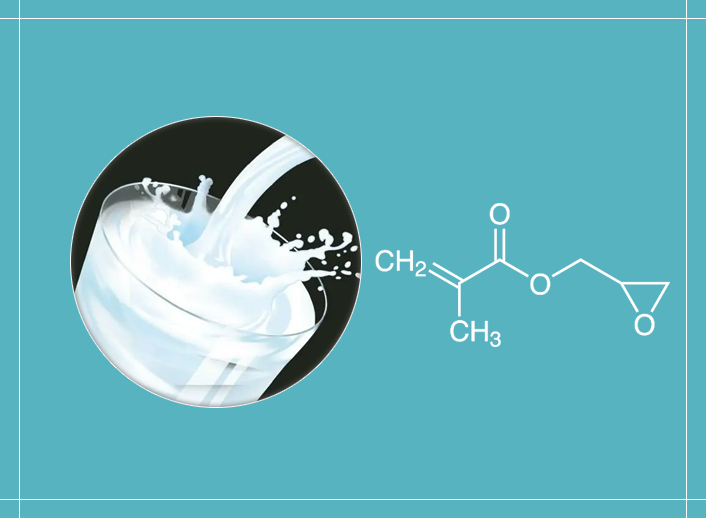Synthesis of Glycidyl Methacrylate GMA
The synthesis of Glycidyl Methacrylate GMA usually adopts a one-step method of phase transfer or a two-step method of esterification ring closure.
The one-step method is simple to operate and has a short reaction time, but requires the entire reaction system to be anhydrous, has high requirements for the purity of sodium salt, and has the disadvantages of excessive use of epichlorohydrin and complicated subsequent treatment. Most companies such as Dow Chemical and Weicheng New Materials in China use a one-step process. The one-step method is to firstly react methacrylic acid and sodium hydroxide or sodium carbonate in an organic solvent to obtain sodium methacrylate by acid-base neutralization reaction, and then dry it in the presence of a phase transfer catalyst, and then react with epichlorohydrin in a certain proportion by dehydration and high temperature, and then obtain the product of Glycidyl Methacrylate GMA after reduced pressure distillation and water washing.

The two-step method is to firstly react methacrylic acid and epichlorohydrin by ring-opening esterification reaction under the action of a ring-opening catalyst to produce 2-hydroxy 3-chloropropyl methacrylate. Then, 2-hydroxy-3-chloropropyl methacrylate is subjected to a dehydrochlorination ring-closing reaction in the presence of solid or aqueous sodium hydroxide, or refluxed in an acetone solution of potassium carbonate to obtain the product.
In addition, there are other methods such as catalytic transesterification, lipase-catalyzed synthesis, selective epoxidation, and epoxy transfer reaction.